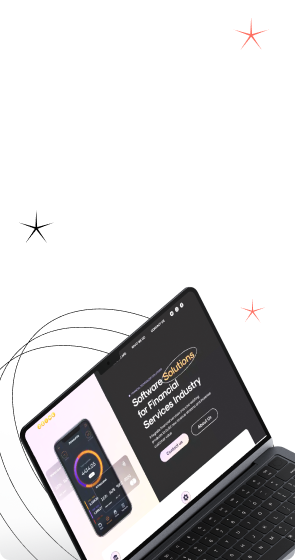Fintech has been reshaping the financial landscape for years, making banking and financial services more accessible, efficient, and even enjoyable. Today, the pressure is on for fintech companies to keep innovating their user experience. Why? Because users expect financial apps to be intuitive, personalized, and seamless—anything less can send them straight to the competition. So, what can we expect in terms of financial UX design trends for 2024? Gapsy dives into the topic!










